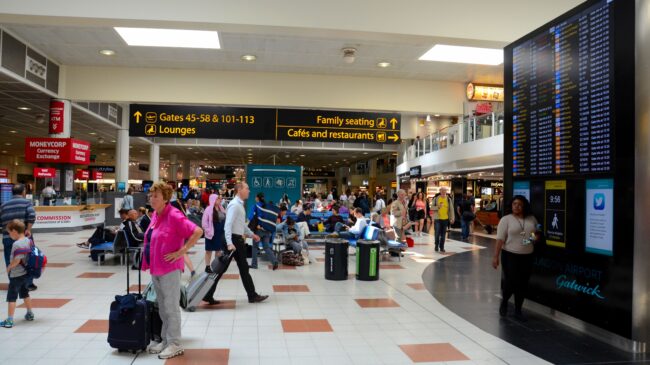In the second half of the 20th century, the world’s airports and air traffic control (ATC) systems were essentially all departments of governments. Two events in 1987 launched an ongoing wave of organizational and government reforms. Those events were the privatization of the British Airports Authority (BAA) and the corporatization of the New Zealand government’s ATC functions as Airways New Zealand.
BAA was privatized as a single entity comprising the three major London airports plus several other airports in the United Kingdom. Later government policy decisions led to selling Gatwick, Stansted, and two Scottish airports to new private owners. The improved performance of the privatized airports inspired a global wave of airport privatization and long-term public-private partnerships (P3s) that has resulted in over 100 large and medium-sized airports being either sold to investors or long-term leased as revenue-based P3s—in Europe, Asia, Latin America, and elsewhere. The outlier has been the United States, which has only one P3-leased airport (San Juan International) and a small number of public-private partnership arrangements for airport terminals and other individual facilities.
The corporatization of Airways New Zealand in 1987 also led to a global trend under which more than 60 countries subsequently separated their ATC systems from the government’s transport ministry and set them up as self-supporting corporations, regulated for safety at arm’s length from the government. Within the first decade of this trend, the leading ATC providers organized a trade association called the Civil Air Navigation Services Organization (CANSO). Today CANSO has 86 full members (providers of ATC services) and 88 associate members (mostly supplier companies). CANSO is the ATC counterpart of the global organizations for airlines (IATA) and airports (ACI).
The corporatization of Airways New Zealand in 1987 also led to a global trend under which more than 60 countries subsequently separated their air traffic control systems from the government’s transport ministry and set them up as self-supporting corporations, regulated for safety at arm’s length from the government.
This report reviews developments in the United States and worldwide regarding private-sector participation in airports, air traffic control, and airport security. While the United States remains an outlier when it comes to airport and air traffic control organization and governance, interest in airport privatization via long-term public-private partnership leases continues.

